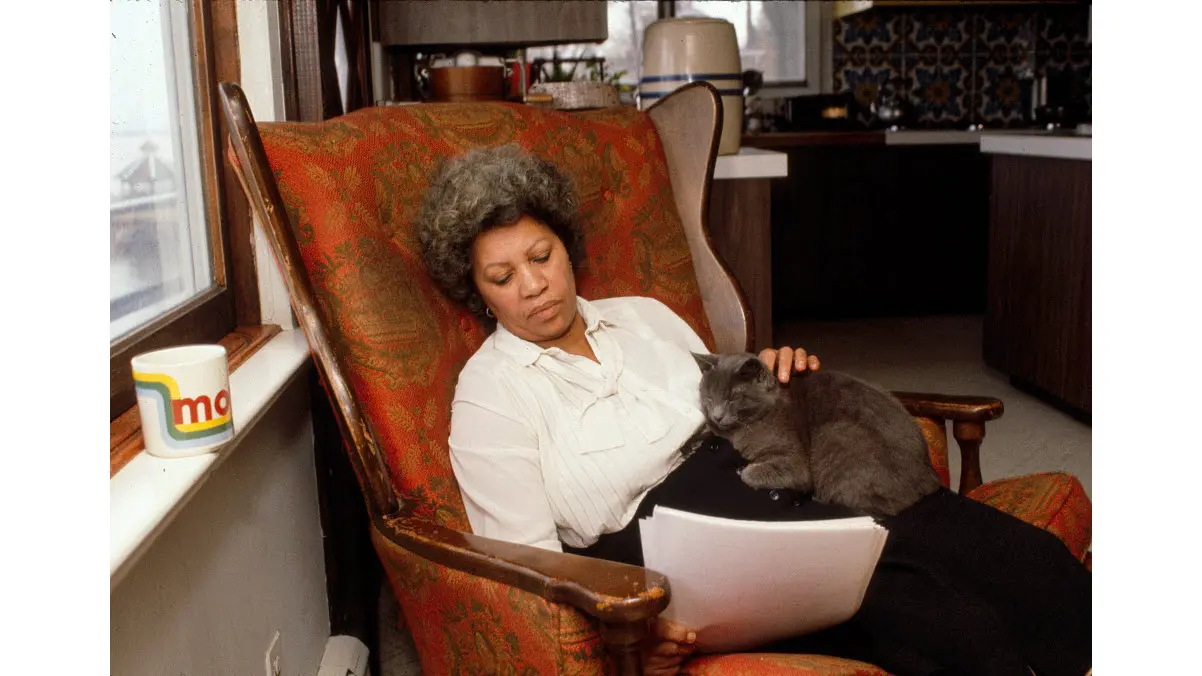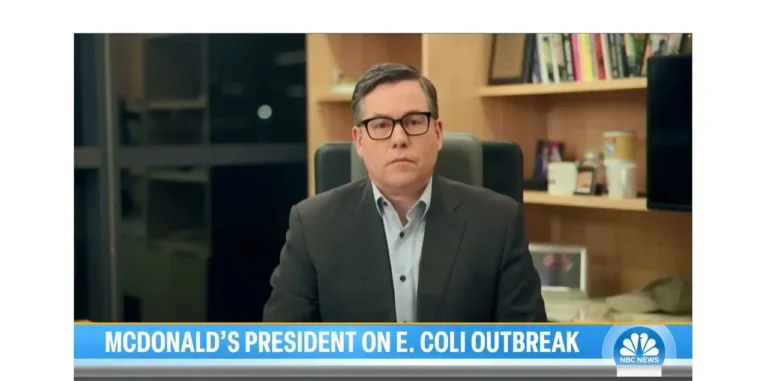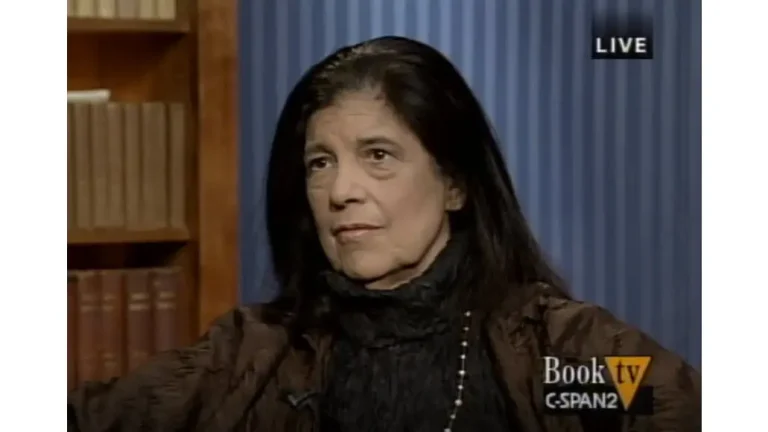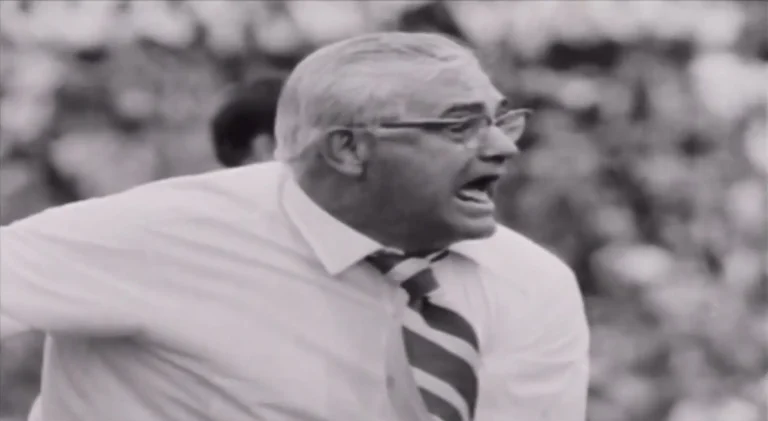Lessons on Editing from Toni Morrison
If there was a Nobel Prize for editing, the author of “Beloved” and “The Bluest Eye,” would have won that too
Editing makes you a better writer, but that only partly explains the remarkable career of Toni Morrison.
“Toni at Random: The Iconic Writer’s Legendary Editorship,” published in June, offers seven useful lessons for editors of all kinds, even managers of corporate communications teams.
Morrison worked from 1965 to 1983 as an editor at Random House while writing a string of top-selling and critically acclaimed novels: “The Bluest Eye,” “Sula,” “Song of Solomon” and “Tar Baby.”
“Beloved,” published two years after Morrison left the publishing company, brought her the Pulitzer Prize for fiction. In 1993, she was awarded the Nobel Prize for literature. These many achievements have overshadowed another part of Morrison’s career.
Morrison was a ground-breaking editor, introducing white audiences to influential figures in African American literature, such as Lucille Clifton, June Jordan, Leon Forrest and Toni Cade Bambara. She also edited books by controversial Black public figures such as Angela Davis, Muhammad Ali and Huey P. Newton.
“Toni at Random” by Dana Williams helps round out our understanding of Morrison, who died in 2019 at age 88. Williams, a scholar of African American literature and the dean of Howard University Graduate School, draws on memos and letters to paint a picture of a firm-handed editor.
The book is a reminder of how the 1960s and early ’70s was a tumultuous time. One cannot also help but compare that time to the current era, which is tumultuous in a much different way.
1. Make people want to read. Morrison confronted tremendous obstacles as she sought to persuade white audiences to give Black writers a chance. She understood that publishing was about profit. Without excusing racism, she didn’t blame the audience, as shown by her recollection of a sales conference she attended:
“One of the salesmen says, ‘We can’t sell books on both sides of the street,’ meaning there’s an audience of white people and, maybe, an audience of Black people. But they don’t merge. So, I thought, ‘Well, I’ll just solve that, and I will do something that everybody loves, particularly Black people.”
Public relations and internal communications teams today don’t have to climb over barriers as arduous. Yet they’re often tempted to criticize reporters for not following through on press releases and to complain about employees who don’t read the internal newsletters.
The frustration is understandable, but the answer is to give your audiences more of “something that everybody loves.”
2. Get a draft. In the early ’70s, Angela Davis was a Black Power activist, Communist Party member and university professor when she was approached by two publishers about writing an autobiography. Davis, then just 28 years old, was reluctant because she wanted the attention for the movement, not herself.
But Morrison told Davis she “could write exactly the kind of book she wanted to write. She should take the next few days to write down all she thought was important and wanted to share,” according to Williams. “They could give shape to its organization later.”
A month later, Davis submitted 700 typewritten pages that became the first draft.
Sometimes, writers get caught up in the obstacles to writing. Some writers do too much thinking and not enough writing. When that happens, the editor’s task is to urge the completion of a draft for the editor to work with.
“You can fudge a lot as an editor, but you cannot fudge the first page,” Morrison said in an interview about another book. “That has to be there!”
3. Be specific. Morrison gave Davis detailed questions forcing her to “shift her thinking and writing style from that of an academic to a compelling storyteller,” Williams writes.
Communicators who regularly work with subject matter experts can identify with Morrison’s challenge. She urged Davis to replace the general with the specific, saying:
“It would be helpful to know what you mean by eroding one’s humanity. Humanity is a vague word in this context. You repeat the idea frequently throughout so it is pivotal. ‘Breaking will’ is clear; forcing prisoners into childlike obedience is also clear; but what is erode their humanity. Their humaneness? Their natural resistance?”
“Angela Davis: An Autobiography” was published in 1974.
4. Sharpen headlines. Morrison gave special attention to titles. For example, she objected to the title of a poem by Lucille Clifton originally called, “I Am a Black Woman.”
“There must be 800 of these,” Morrison said.
She proposed moving the first line of poem to the title, which became, “I Am Not Done Yet.”
For a title to Clifton’s collection, Morrison considered several options, including “In My Own Season,” “The Woman Jar,” and “Thawed Places.”
Finally, “An Ordinary Woman” was chosen and published in 1974.
Morrison’s handiwork with titles is also evident in a collection of short stories by Toni Cade Bambara published in 1977. Here are Morrison’s changes:
Draft Title
Am I Spoiling Ya
The Father
The Mother
Winds of Change
Edited Version
The Apprentice
A Tender Man
Medley
The Sea Birds are Still Alive
The last title became the title of the book. Morrison changed the titles because the drafts were too similar to other works and would do very little “to garner the reader or the critic’s attention,” Williams writes.
5. Make the copy concise and hype-free. Early in her editing career, Morrison took on a book that eventually became so central to business management theory that its title has become a cliché. “Grow or Die: The Unifying Principle of Transformation,” by George Land, published in 1974.
While praising Land’s research and insights, Morrison candidly told him his writing was “overweight: two words where one will do; deadwood phrases; inexact adjectives and connections.”
“It sounds too often like advertising copy,” she added, “the overuse and emphasis of ‘new,’ ‘prime technique.’ . . . Too salesman-y.”
6. In-person editing. At a time when editing was done with memos and handwritten notes on drafts, Morrison preferred to work in person with authors.
For example, Bambara stayed with Morrison for three days while they finished “The Salt Eaters,” published in 1980. At the time Morrison owned a house overlooking the Hudson River about 30 miles north of New York.
“She’d write and I’d edit some,” Morrison recalled in an interview. “She would go upstairs and work, then she’d run down the stairs and say, ‘What about this?’ Then I would sit down and go over that, then she’d run back up the stairs. It was the most amazing — but certainly extremely efficient, for us — way to do it, because she was so clear. She could focus immediately. I would just have to grunt and point and she knew exactly what I was suggesting.”
Comms teams don’t need to move in together, but too much editing is done by email and tracked changes. Talking to writers before they start typing and after the edits produce consistently better stories.
7. What’s editing? Williams’ book shows how Morrison developed close relationships with many of her writers, but perhaps none closer than Bambara. Morrison edited two collections of short stories by Bambara and a novel, “The Salt Eaters.”
After Bambara died in 1995, Morrison edited a third collection of her work. The preface was one of the few times when Morrison described editing. Her account could serve as a checklist for editors:
“Editing sometimes requires restricting, setting loose or nailing down; paragraphs, pages, may need rewriting; sentences (especially final or opening ones) may need to be deleted or recast; incomplete images or thoughts may need expansion, development,” Morrison wrote.
“Sometimes the point is buried or too worked-up. Other times the tone is ‘off,’ the voice is wrong or unforthcoming or so self-regarding it distorts or misshapes the characters it wishes to display. In some manuscripts traps are laid so the reader is sandbagged into focusing on the author’s superior gifts or knowledge rather than the intimate, reader-personalized world fiction can summon.”
We could break up that description into a checklist for editors.
Morrison once said being an editor made her appreciate … editors. Tom Corfman is a senior consultant with Ragan Consulting Group, where he directs the Build Better Writers program. Want to learn more about the program? Email Tom for a 30-minute conversation with Tom and partner Jim Ylisela.
Follow RCG on LinkedIn and subscribe to our weekly newsletter here.







